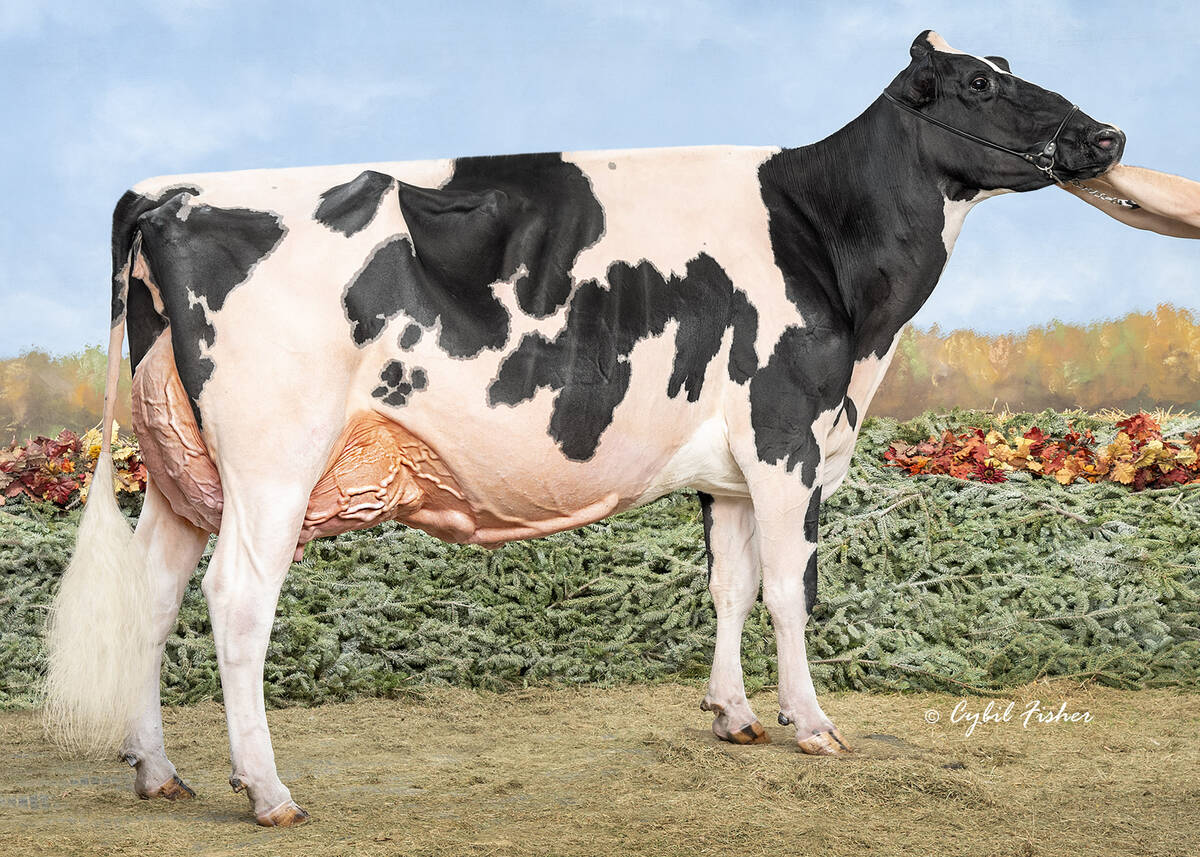Tight margins | Feedlots looking for cheaper options are reminded to test feed for nutrition
Several Alberta feedlots plan to replace silage with hay in some rations to reduce high feed costs.
Barry Yaremcio, a beef and forage specialist with Alberta Agriculture, said western Canadian hay is moving east to drought-stricken provinces and south to the United States, but some feedlots in Alberta are paying $60 to $70 a ton for the feed.
“For every pound of hay that you feed, that will replace 2.5 lb. of silage,” said Yaremcio.
That makes hay a potential money saver, considering that hay at $60 per ton equates to $150 per ton silage on an equivalent dry matter basis.
Read Also

Saskatchewan dairy farm breeds international champion
A Saskatchewan bred cow made history at the 2025 World Dairy Expo in Madison, Wisconsin, when she was named grand champion in the five-year-old Holstein class.
“I don’t think they care if it’s two-year-old hay or this year’s hay,” he said.
“Everybody’s looking at any option they can to reduce feeding costs this winter. It’s anyplace from 80 cents to $1 a pound for break-evens on feedlot cattle. There’s not much left when values are that high.”
Lethbridge barley, in the heart of feedlot alley, is selling for about $6 per bushel now compared to $2.40 per bu. two years ago.
Higher feed costs create tight profit margins for feeders.
Smaller feedlots and backgrounders might consider buying lighter bushel weight barley, in the range of 35 to 45 lb., as a way to reduce costs, said Yaremcio.
“If you try to find that and use it to feed cows or backgrounding for calves, it will work just as well as 48 or 50 lb. barley,” he said.
Animal performance is reduced by about one percent for every pound below 42 lb. per bushel barley. Feedlots don’t like it for that reason, and because it complicates the rolling process. As a result, it might be available to others at a lower per bushel price.
Feed costs are encouraging many producers to look at cheaper alternatives, but caution is required so that animal health and production aren’t impaired.
“In most situations, an alternative or unusual feedstuff typically should not be included in more than 25 percent of the ration because sometimes we just don’t know what the impact is going to be on feed intake, utilization, the impact it has on an animal’s immune function or reproductive system,” said Yaremcio.
Some producers have inquired about feeding kochia this winter, but any that is baled now will likely have a feed value no better than straw.
Yaremcio said kochia typically has high salt levels, which will increase water intake and discourage cattle from using salt and mineral supplements.
Kochia can also cause photosensitivity in cattle, leading to blisters around the eyes, nose and udder. Older kochia is high in oxalates, which interfere with calcium absorption. It can also be dangerously high in sulfur.
Testing is recommended on all feed, particularly alternative feeds, said Yaremcio. Heavy hay yields in parts of Alberta this year resulted in low protein levels in forage, so supplements may be required.
Grazing chaff piles and the aftermath from cereal harvest is one way to stretch feed, but those too may be low in protein and could result in low cow condition heading into winter.
“A cow that is 100 lb. light … because feed was lacking or the quality wasn’t there … will take an extra 1,400 lb. of hay over the winter just to stay warm,” he said.
If feed is short, cow-calf producers should consider weaning early to reduce cows’ nutrition requirements and allow them to gain condition before winter begins.















